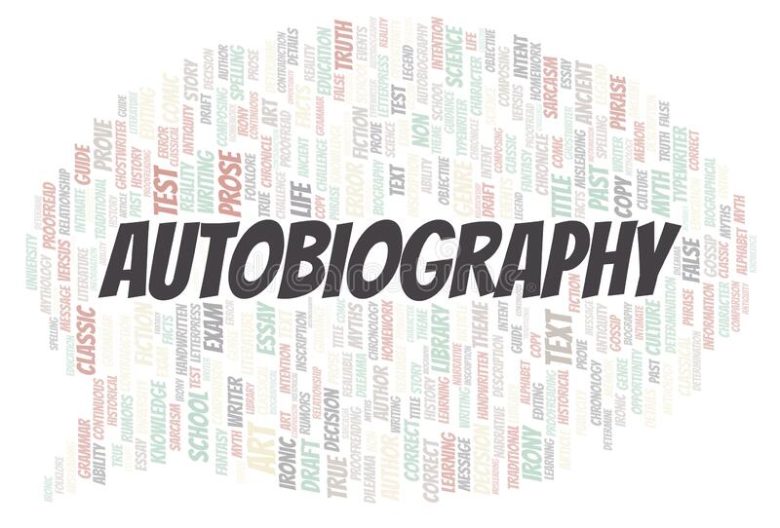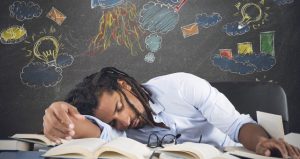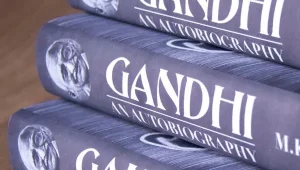A literacy autobiography is a personal account of someone’s journey with literacy. It can be used to reflect on one’s own literacy development, as well as to document the literacy experiences of a community or group. Autobiographies can be written in a variety of formats, including essays, poems, or even a collection of images and captions.
One of the key purposes of a literacy autobiography is to help people to see the ways that literacy has shaped their lives. It can also be a powerful tool for exploring the different ways that literacy can be used. By sharing their stories, autobiographers can help to build a community of learners and promote literacy awareness.
There are a number of things to consider when writing a literacy autobiography. The first step is to think about your own literacy development. When did you first become interested in reading and writing? What were some of the key moments or experiences that have shaped your journey?
It can also be helpful to think about the ways that literacy has been used in your life. For example, have you ever used literacy to solve a problem, communicate with someone, or learn something new? What are some of the different ways that you have used literacy throughout your life?
The final step is to share your story. autobiography can be written in a variety of formats, so choose the format that best suits your story. Remember to be honest, reflective, and open-minded as you write. Be sure to share your autobiography with others, so that they can learn about your journey with literacy.
How do you write a literacy autobiography?
A literacy autobiography is a personal account of someone’s journey with reading and writing. It can be used to reflect on past experiences, as well as to identify strengths and areas for improvement. To write a literacy autobiography, you’ll need to gather some information about your reading and writing experiences. This can include:
-When and where you first started reading and writing
-The difficulties you’ve experienced with literacy
-The successes you’ve had with literacy
-How literacy has helped you in your life
You may also want to include a few photos or examples of your writing throughout your autobiography.
Once you have gathered your information, it’s time to start writing. Begin by introducing yourself and your literacy journey. Then, go into detail about your experiences with reading and writing. Be sure to highlight both the good and the bad. If you’ve had any major successes or accomplishments with literacy, be sure to mention them.
In the final section of your autobiography, reflect on your journey. What have you learned about yourself and your relationship with literacy? What would you do differently if you could go back? What advice would you give to other readers and writers?
When you’re finished writing your autobiography, be sure to share it with others. You can post it on your blog or website, or you can submit it to a literacy organization or journal.
What is a literary autobiography?
A literary autobiography is a genre of autobiography that focuses on the author’s life as a writer. Unlike traditional autobiographies, which may focus on the author’s personal life, literary autobiographies focus on the author’s life as it relates to their writing. They often include excerpts from the author’s work, as well as reflections on the author’s writing process.
Many well-known writers have written literary autobiographies, including Virginia Woolf, James Baldwin, and Toni Morrison. These books offer a unique glimpse into the author’s life and work, and can provide valuable insight into the creative process.
What is a literacy narrative example?
A literacy narrative is a story about how you became a reader and a writer. It can be about any time in your life when you read or wrote something that mattered to you.
An example of a literacy narrative is when a person talks about how they read Harry Potter for the first time and were hooked on reading from then on.
What is a literacy memoir?
A literacy memoir is simply a memoir that focuses on the author’s experience with literacy. Literacy, in this case, can be defined as the ability to read and write. For many people, literacy is a basic skill that they take for granted. However, for some, it can be a challenge.
A literacy memoir can be a great way to help others who are struggling with literacy to see that they are not alone. It can also be a way to share helpful tips and tricks that have worked for the author. Additionally, a literacy memoir can be a way to celebrate the author’s success in overcoming their literacy challenges.
If you are thinking about writing a literacy memoir, there are a few things to keep in mind. First, make sure that you are clear about the focus of your memoir. Second, be sure to share your story in a way that is engaging and interesting to readers.
Third, make sure that you are clear about the message you want to send to readers. Finally, be sure to edit and proofread your work carefully.
If you are interested in reading a literacy memoir, here are a few recommendations:
“A Life in Words: A Memoir of Literacy” by Isabel Allende
“Writing My Way Home” by Kim Echlin
“Picking Up the Pieces: A Memoir of Literacy, Love, and Renewal” by Jeannette Walls
“Learning to Read and Write: A Memoir” by Richard Rodriguez
Literacy autobiography examples
Literacy autobiographies are personal accounts of people’s experiences with reading and writing. They can be very illuminating for understanding the different ways that people engage with literacy.
Here are a few examples of literacy autobiographies:
1. “I Didn’t Know I Was a Reader” by Dr. Teresa Evans
This literacy autobiography tells the story of how Dr. Evans, a college professor, became a reader. She recounts how her mother struggled to teach her to read, and how she eventually taught herself to read by reading the labels on food cans. This story highlights the power of reading for self-empowerment.
2. “Writing My Way Home” by Dr. Paul Butler
This literacy autobiography tells the story of how Dr. Butler, a college professor and administrator, became a writer. He recounts how he started writing letters to his family as a way to connect with them during his time in the military. This story highlights the power of writing for self-expression.
3. “Telling My Own Stories” by Dr. Sarah deFord
This literacy autobiography tells the story of how Dr. deFord, a professor of English education, became a writer. She recounts how she started writing stories as a way to make sense of her own life. This story highlights the power of writing for self-discovery.



